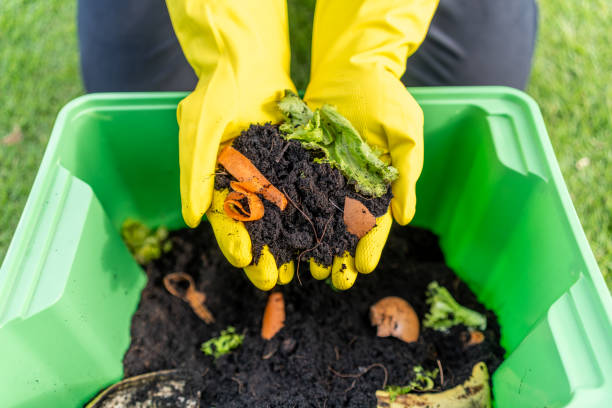Composting, a cornerstone of sustainable living, offers a straightforward yet powerful solution to managing organic waste while enriching soil health. At its core, composting is the natural process of decomposition, orchestrated and accelerated by microorganisms, turning organic matter into a nutrient-rich soil amendment.
Beyond its role in zero-waste living, composting embodies a cyclical approach to resource utilization, transforming kitchen scraps, yard trimmings, and other organic materials into valuable soil nutrients. This beginner’s guide to composting aims to demystify the art of composting, providing beginners with the knowledge and confidence to embark on their composting journey.
Beginner’s Guide to Composting: How Composting Works
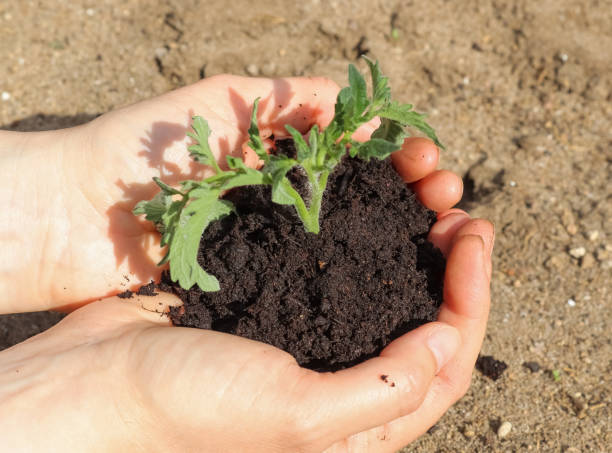
By breaking down organic materials, compost enriches the soil and adds nutrients to it. The natural decomposition process found in nature can be used to understand the composting process. Organic materials, such as trees and leaves, can be found in wooded areas.
As microorganisms and earthworms break down these materials over time, they slowly decompose. The decomposing materials turn into humus, which produces rich, fertile soil and healthy plants after decomposing. Composting in the garden follows a similar process. Compost piles should produce dark, crumbly, soil-like material after decomposition has taken place, similar to humus.
Compost has several benefits, including:
- By building up the texture and structure of the soil, it can improve its performance
- Improves airflow, it helps retain water
- Supports essential bacteria and stabilizes pH levels
- Plants can also benefit from compost by effectively utilizing nutrients for better growth
Beginner’s Guide to Composting: Key Stats
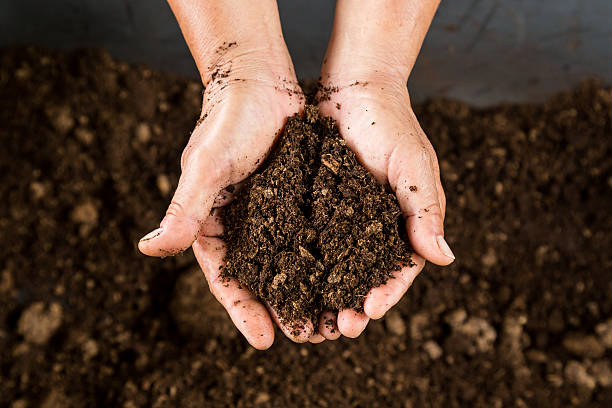
- Food scraps account for 21% of all municipal solid waste, or 63 million tons each year, according to a study by the Environmental Protection Agency.
- Composting is possible for 28 percent of the waste disposed in landfills. As a result of this waste, methane, one of the most potent greenhouse gases, is released into the atmosphere.
- Adding compost to soil increases its capacity to hold water by 2.5 times, which dramatically reduces how much water is required to maintain a plant.
- There would be an equivalent of 7.8 million fewer cars on the road if everyone in the U.S. composted.
- In the U.S., the cost of landfilling municipal solid waste averages $55/ton. Two-thirds of the waste generated in the U.S. is sent to landfills and incinerators. We can divert some of that landfill waste by composting it at home.
Beginner’s Guide to Composting: Step-by-Step Process
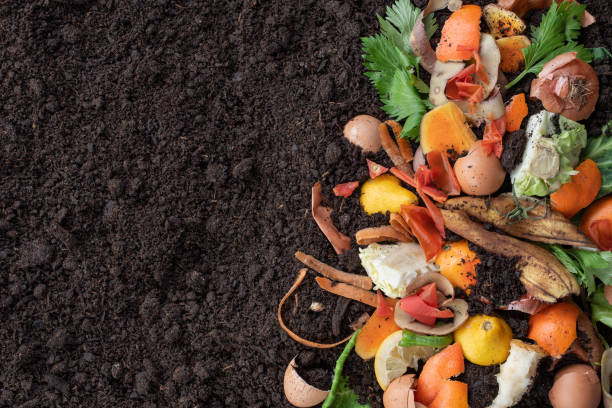
1. Getting Started with Composting
- Choosing the right location
When embarking on your composting journey, the first decision to make is where to locate your composting system. Outdoor composting is ideal for those with access to a yard or garden space, allowing for larger compost piles or bins. Conversely, indoor composting offers a solution for urban dwellers or individuals with limited outdoor space, utilizing compact bins or specialized systems like worm composting.
- Considerations for urban dwellers
Urban composters face unique challenges, including limited space and potential odor concerns. However, with innovative solutions such as compact compost bins, odor-reducing additives, and creative space utilization techniques, composting can be seamlessly integrated into urban lifestyles, contributing to waste reduction efforts and fostering a connection to nature.
- Selecting a composting method
With various composting methods available, selecting the right approach depends on factors such as available space, desired level of involvement, and specific composting goals. Traditional bin composting offers simplicity and versatility, allowing for easy management of compost piles with minimal maintenance.
Vermicomposting, or worm composting, is well-suited for indoor environments, utilizing the voracious appetites of composting worms to break down organic matter efficiently. Bokashi composting, employing anaerobic fermentation, is an excellent option for apartment dwellers or those seeking a low-maintenance composting solution.
2. Materials for Composting
- Carbon-rich materials (browns)
Carbon-rich “brown” materials serve as the structural backbone of the compost pile, providing essential carbon for microbial activity and maintaining proper aeration. Examples of browns include dried leaves, straw, shredded cardboard, and newspaper. These materials balance the nitrogen-rich “greens” and ensure the compost pile’s stability and functionality.
- Nitrogen-rich materials (greens)
Nitrogen-rich “green” materials are the fuel for microbial decomposition, supplying essential nutrients and promoting rapid composting. To have a zero-waste kitchen, compost fruit and vegetable peels, coffee grounds, and grass clippings. They serve as excellent sources of nitrogen. Incorporating a diverse array of greens ensures a balanced compost mix and supports robust microbial activity.
- Other composting ingredients
In addition to carbon and nitrogen sources, successful composting requires adequate moisture, oxygen, and a diverse microbial community. Water catalyzes decomposition, facilitating microbial activity and nutrient cycling. Proper aeration ensures oxygen reaches the compost pile’s core, preventing anaerobic conditions and foul odors. Microorganisms, including bacteria, fungi, and actinomycetes, play a pivotal role in breaking down organic matter and transforming it into stable compost.
3. Setting up your Compost Pile or Bin
- Layering techniques
Achieving the optimal carbon-to-nitrogen ratio is essential for effective composting, promoting balanced decomposition and preventing odors or imbalances in the compost pile. Layering browns and greens in alternating layers creates a diverse habitat for microorganisms, ensuring efficient nutrient cycling and decomposition.
- Maintaining moisture levels
Proper moisture management is critical for composting success, as moisture facilitates microbial activity and nutrient uptake. The compost pile should be moist but not waterlogged, akin to a wrung-out sponge. Regularly monitoring moisture levels and adjusting as needed ensures optimal conditions for microbial decomposition.
- Aeration and turning
Regularly aerating and turning the compost pile promotes oxygen diffusion, preventing compaction and encouraging aerobic decomposition. Turning the compost pile every few weeks redistributes materials, homogenizes moisture levels, and introduces fresh oxygen, accelerating the composting process and reducing the risk of foul odors or anaerobic conditions.
4. What to Compost (and What to Avoid)
- Suitable kitchen scraps
Kitchen scraps, including fruit and vegetable peels, coffee grounds, tea bags, and eggshells, are valuable additions to the compost pile. These materials are rich in nitrogen and provide essential nutrients for microbial decomposition, contributing to the nutrient density and overall health of the compost.
- Garden waste
Fallen leaves, grass clippings, prunings, and other garden waste are excellent sources of organic matter for composting. These materials contribute to the carbon and nitrogen balance of the compost pile, providing essential nutrients and fostering biodiversity within the compost ecosystem.
- Items to exclude from your compost
Certain materials are best avoided in the compost pile to prevent potential issues such as odor, pests, or contamination. Meat, dairy products, and oily foods should be excluded to deter pests and prevent unpleasant odors. Diseased plants, weeds with mature seeds, and pet waste may introduce pathogens or weed seeds into the compost, compromising its quality and safety.
5. Troubleshooting Common Composting Issues
- Foul odors
Foul odors in the compost pile are often indicative of anaerobic conditions, caused by inadequate aeration or excessive moisture. To address odor issues, ensure proper aeration and moisture management, and avoid compacting the compost pile. Incorporating browns, such as shredded cardboard or dry leaves, can help absorb excess moisture and balance the compost mix.
- Pests and critters
Unwanted pests and critters may be attracted to the compost pile, especially if improper materials are added or if the compost pile is left uncovered. To deter pests, use a secure compost bin or cover the compost pile with a breathable material such as burlap. Avoid adding meat, dairy, or oily foods, which may attract rodents or scavengers.
- Slow decomposition
Slow decomposition may occur due to imbalances in the compost mix, inadequate moisture or aeration, or insufficient microbial activity. To accelerate decomposition, assess the carbon-to-nitrogen ratio and adjust as needed, ensuring a balanced mix of browns and greens. Maintain proper moisture levels and aerate the compost pile regularly to promote microbial activity and nutrient cycling.
6. Maintaining and Harvesting your Compost
- Monitoring the composting process
Regular monitoring of the compost pile allows for early detection of potential issues and adjustments to optimize composting conditions. Signs of active decomposition include a rise in temperature, earthy smell, and the breakdown of organic materials into dark, crumbly compost. Monitoring temperature, moisture levels, and decomposition progress ensures the compost pile remains healthy and productive.
- When and how to harvest finished compost
Finished compost is ready for use when it resembles dark, crumbly soil and has a rich, earthy smell, indicating complete decomposition of organic matter. Harvesting compost involves screening out larger particles, such as twigs or undecomposed materials, using a mesh screen or sifting tool. The finished compost can then be stored in a dry, covered container or applied directly to garden beds, enriching soil fertility and supporting plant growth.
7. Utilizing Compost in your Garden
- Soil amendment and mulching
Compost is a versatile soil amendment, improving soil structure, moisture retention, and nutrient availability. Incorporating compost into garden soil enhances its fertility and tilth, providing a conducive environment for plant growth and root development. Additionally, applying compost as mulch helps suppress weeds, regulate soil temperature, and conserve moisture, reducing the need for irrigation and minimizing soil erosion.
- Compost tea
Compost tea, a liquid fertilizer brewed from steeping compost in water, provides a nutrient-rich solution for fertilizing plants. For compost tea production, drop compost in water for several days, aerating the mixture periodically to promote microbial activity. Once brewed, dilute the compost tea with water and apply it to plant roots or foliage as a soaked soil or foliar spray. Compost tea enables nutrient uptake, improves soil structure, and stimulates microbial activity, promoting healthy plant health and vigor.
- Compost as potting mix
Compost can be blended with other growing mediums, such as potting soil or coconut coir, to create a nutrient-rich potting mix for container gardening. Incorporating compost into potting mixes improves soil fertility, enhances water retention, and provides essential nutrients for plant growth. Whether used as a standalone medium or mixed with other substrates, compost enriches root development and supports vigorous plant growth in containers.
8. Sustainable Composting Practices
- Reducing food waste
Composting offers a practical solution to reduce food waste and divert organic materials from landfills, where they contribute to greenhouse gas emissions. By composting kitchen and yard waste, individuals can minimize their environmental footprint and contribute to the circular economy. Incorporating composting into daily life fosters a sense of environmental conservation and empowers individuals to take tangible steps toward sustainability.
- Community and municipal composting programs
Engaging in community or municipal composting programs provides access to resources, infrastructure, and support for composting efforts. These programs offer convenient solutions for composting organic waste, including curbside collection, drop-off sites, and educational workshops. By participating in community composting initiatives, individuals can amplify their impact, foster community connections, and contribute to larger waste reduction efforts.
Beginner’s Guide to Composting: Tips and Tricks
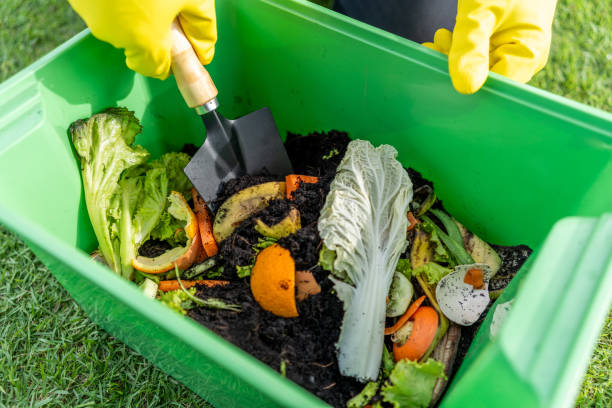
As with everything else, you’ll learn more tips and tricks as you engage in the composting process. Fortunately, we have a few composting hacks that can save you some time:
- Bury your scraps: Do not leave compost piles with fresh scraps exposed to air, especially if you compost indoors. There could be a lot of bugs attracted to this, including fruit flies. You can keep them at bay by burying the fresh scraps. Overlap fresh soil or brown matter over the scraps if you cannot bury them completely.
- Use a bag: It’s easy to neglect the browns if you often cook because you’ll have all the greens you need. If you would like to layer leaves (to compost outdoors) or shredded newspaper (to compost indoors), keep a bag handy.
- Shred wastes: By shredding waste into smaller pieces, you can speed up the composting process if you are composting inside.
Beginner’s Guide to Composting: Final Words
Successfully composting organic waste into nutrient-rich soil is a significant accomplishment, reflecting a commitment to sustainability and environmental stewardship. Whether you’re a seasoned composter or just beginning your composting journey, each batch of finished compost represents a tangible contribution to soil health, plant vitality, and waste reduction efforts.
As advocates for composting, share your knowledge and enthusiasm with others, inspiring them to embrace composting practices in their lives. By spreading awareness, providing guidance, and sharing resources, we can collectively promote composting as a practical and impactful solution to organic waste management and environmental sustainability.

